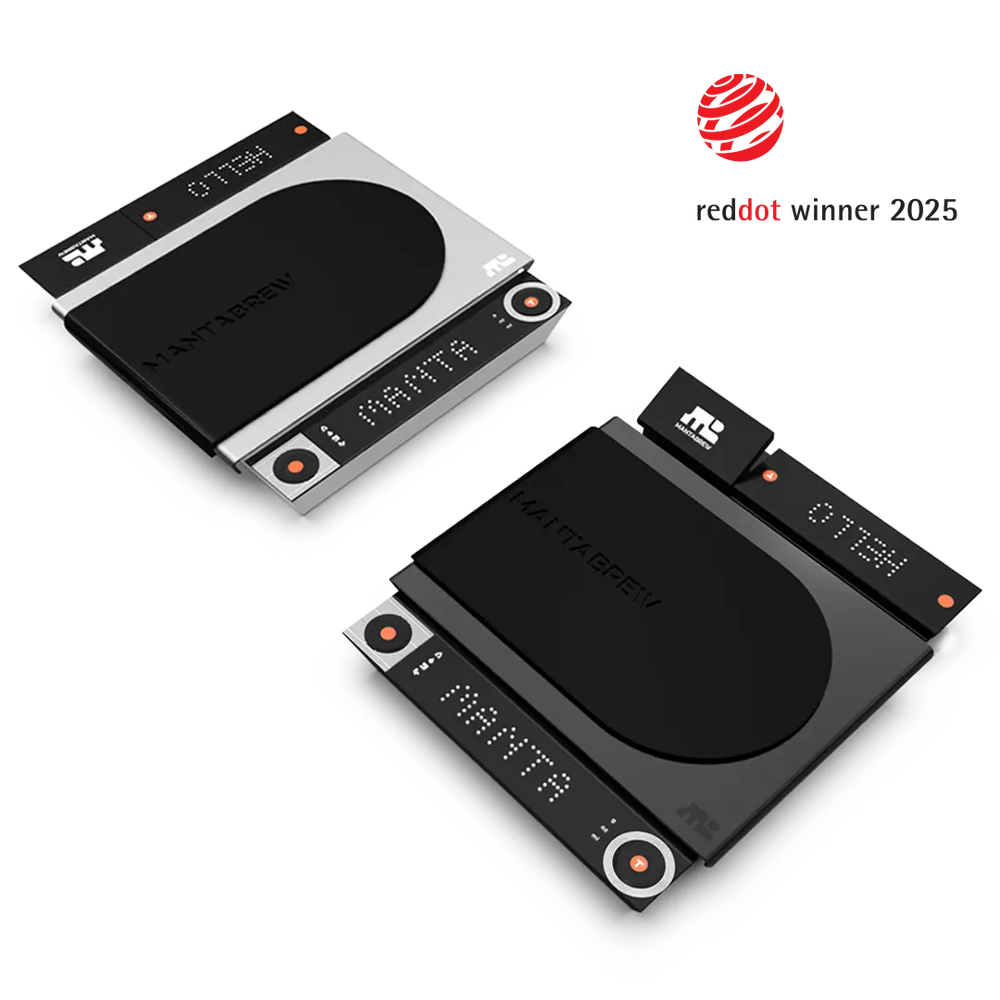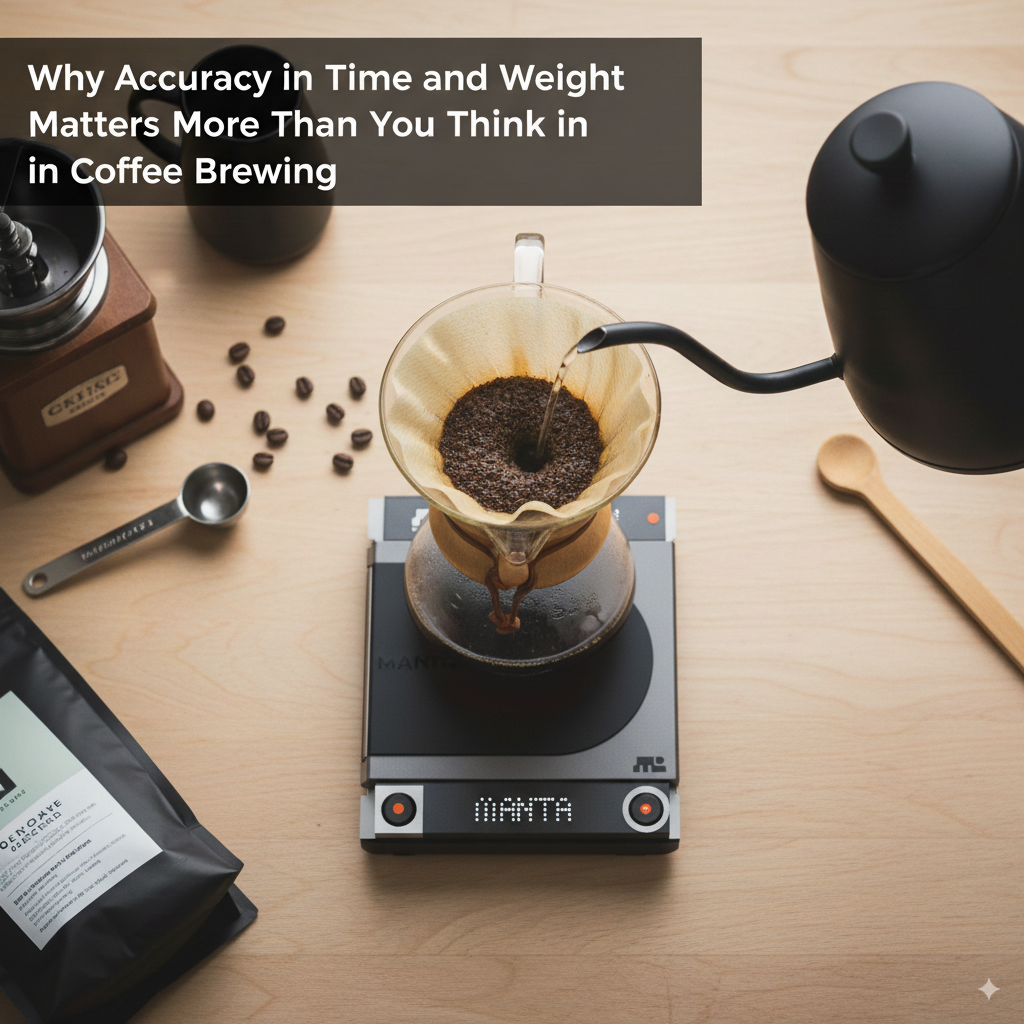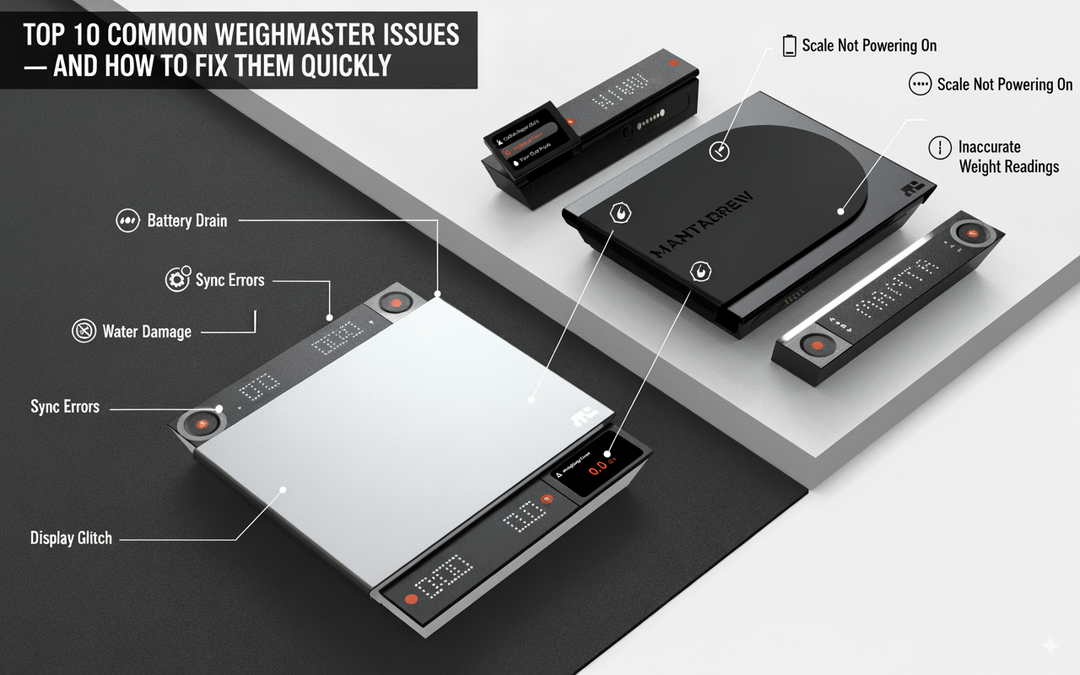Digital vs. Analog: Which Type of Pour Over Scale Is Better for Home Brewers?
☕ Introduction
Pour over brewing has surged in popularity among home brewers in recent years—and for good reason. It’s clean, expressive, and deeply satisfying when done right. But to truly master pour over coffee, one tool becomes absolutely essential: a scale.
Why? Because brewing is a balance of precision and rhythm. You need to know exactly how much coffee and water you’re using, and how fast you’re pouring. That’s where the debate begins:
Should you use a digital scale or an analog one?
Let’s break it down—and help you decide which type fits your coffee ritual best.
⚖️ What’s the Difference?
🧭 Analog Coffee Scales
Analog (or mechanical) scales use a spring and dial system. You set your container on the platform and read the weight via a needle pointing to numbers on a face.
They’re typically:
-
Simple to use
-
Visually vintage or rustic
-
Inexpensive
But they also:
-
Lack precision (often ±1g or more)
-
Don’t have built-in timers
-
Can’t track flow rate or brew time
-
Are harder to calibrate
📱 Digital Coffee Scales
Digital scales rely on electronic sensors to provide high-precision measurements—usually down to 0.1g. Many models, like the MANTABREW WeighMaster, come with advanced features including:
-
Real-time weight updates
-
Built-in timers
-
Flow rate calculation (ml/sec)
-
Smart recipe memory
-
Modern, clean display with flip-screen orientation
In short: analog offers simplicity, digital offers control.
🔍 Head-to-Head Comparison
| Feature | Digital Scale (e.g. MANTABREW WeighMaster) | Analog Scale |
|---|---|---|
| Precision | 0.1g (ideal for coffee brewing) | ±1g or more |
| Timer | Built-in, accurate to seconds | Not available |
| Flow Monitoring | Yes (in ml/sec) | Not possible |
| Display | Clear, backlit, responsive | Manual dial, less precise |
| Memory Function | Yes (depending on model) | No |
| Battery/Power | Requires battery or charging | No power needed |
| Aesthetic | Modern, minimal | Vintage, rustic |
| Best for | Serious home brewers, baristas | Occasional/casual brewers |
💡 Who Should Choose What?
✅ Choose Digital If:
-
You brew pour overs multiple times a week or daily
-
You want to repeat and refine your brews
-
You’re interested in tracking flow rate and pour time
-
You want to replicate professional café methods
-
You value design, speed, and intuitive feedback
🎯 Why We Recommend the MANTABREW WeighMaster:
With its ultra-responsive sensors, real-time flow display, dual timer modes, and sleek flip-screen interface, the WeighMaster is built by brewers, for brewers. Whether you’re a home enthusiast or a budding pro, this is the scale that helps you master the brew.
🧑🌾 Choose Analog If:
-
You brew coffee casually or occasionally
-
You don’t mind estimating weights
-
You prefer a vintage aesthetic over tech features
-
You’re not worried about precise brew ratios or timing
Analog scales may work fine for French press or casual drip coffee, but for manual pour over, they often fall short of the precision needed to truly dial in your recipe.
☕ Why Most Home Brewers Are Going Digital
In the early days, analog scales were all we had. But today’s brewers expect more:
-
Consistency from one cup to the next
-
Speed and visibility in a morning rush
-
Smart features like auto-tare, data tracking, and memory recall
Even competitive baristas now rely on high-end digital scales to perfect their extraction. And thanks to brands like MANTABREW, that same performance is now available—and affordable—for home use.
🏁 Conclusion
So which type of scale is better?
For casual users, analog might be good enough.
But for anyone serious about brewing better coffee—digital is the clear winner.
And if you want digital done right, look no further than the MANTABREW WeighMaster. It’s more than a scale—it’s a brewing assistant that helps you pour with precision, track with clarity, and taste the difference.
🔗 Call to Action
👉 Ready to upgrade your brew? Explore the MANTABREW WeighMaster Coffee Scale and experience why precision, design, and performance matter—especially when it comes to coffee.





